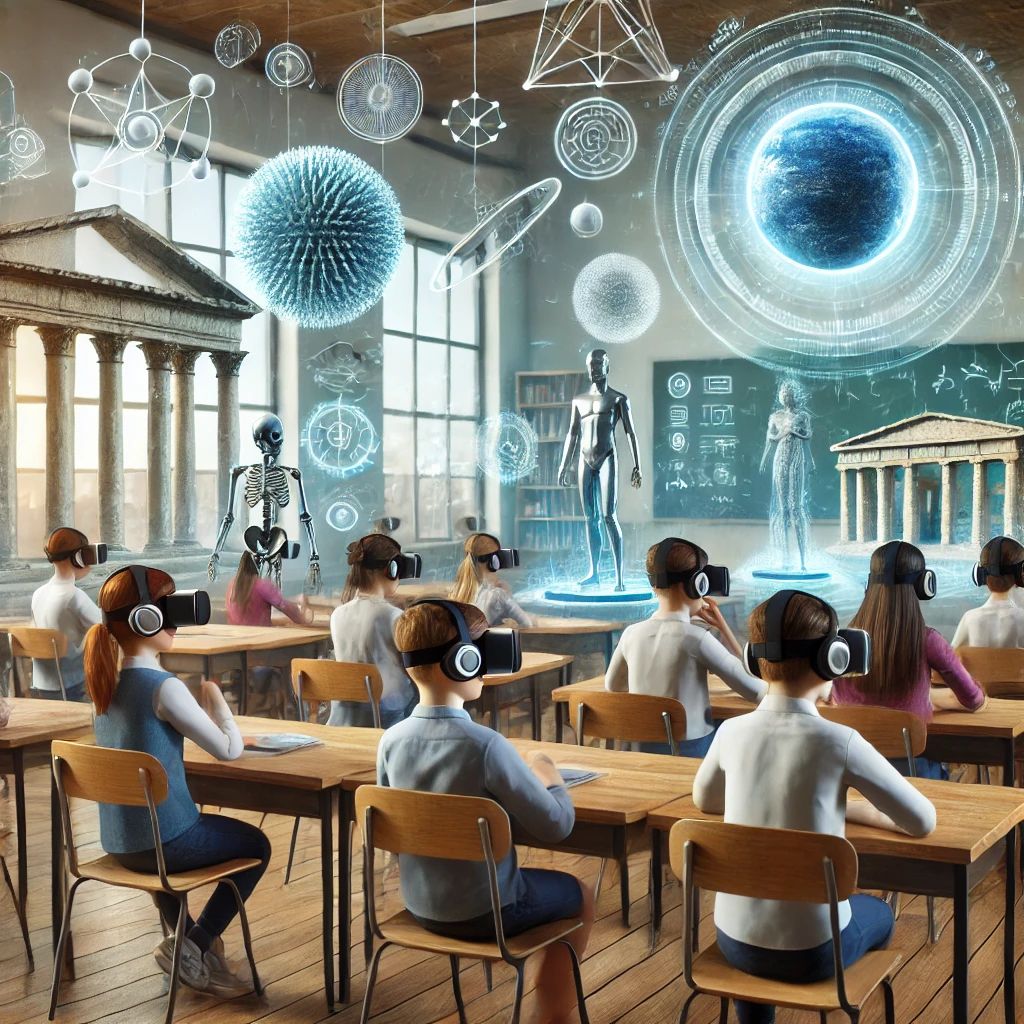How Virtual Reality Enhances Learning: A New Frontier in Education
In today’s rapidly evolving educational landscape, technology plays a vital role in shaping how students learn. One of the most exciting innovations is Virtual Reality (VR), which offers immersive learning experiences that go beyond the traditional classroom setting. But how exactly does Virtual Reality help students, and why is it becoming an essential tool for modern education?
1. Immersive Learning Experiences
VR enables students to step into virtual environments where they can interact with the subject matter. Instead of reading about ancient civilizations, for instance, students can explore them in a 3D space. This hands-on approach promotes better engagement and deeper understanding.
2. Increased Engagement
Traditional teaching methods often fail to capture students' attention. Virtual Reality can transform this by making lessons interactive and exciting. VR simulations can turn abstract concepts into tangible experiences, making it easier for students to stay focused and retain information.
3. Enhanced Retention and Comprehension
Studies show that immersive learning improves retention and comprehension rates. When students are fully engaged in a VR experience, they are more likely to remember key concepts and understand complex ideas. For subjects like science, history, and geography, VR can help students visualize and internalize information in ways that textbooks can't.
4. Real-World Simulations
VR offers students the ability to practice real-world skills in a safe, controlled environment. Medical students, for instance, can perform surgeries in virtual operating rooms. Engineering students can experiment with structures without the risk of real-world consequences. This kind of hands-on training is invaluable in preparing students for future careers.
5. Breaking Geographical Barriers
With Virtual Reality, students can take virtual field trips to places they might never physically visit. Whether it’s the Great Wall of China, the surface of Mars, or the depths of the ocean, VR makes global exploration possible from the classroom.
6. Customized Learning Paths
VR can be adapted to fit individual learning needs. Teachers can customize VR experiences to focus on specific skills or subjects, allowing students to learn at their own pace. This personalization ensures that every student receives the attention and resources they need to succeed.
Conclusion
Virtual Reality is more than just a trend in education—it’s the future. By providing immersive, engaging, and effective learning experiences, VR has the potential to revolutionize how students approach learning. As VR technology continues to develop, its role in education will only grow, offering students new opportunities to explore, learn, and succeed.

